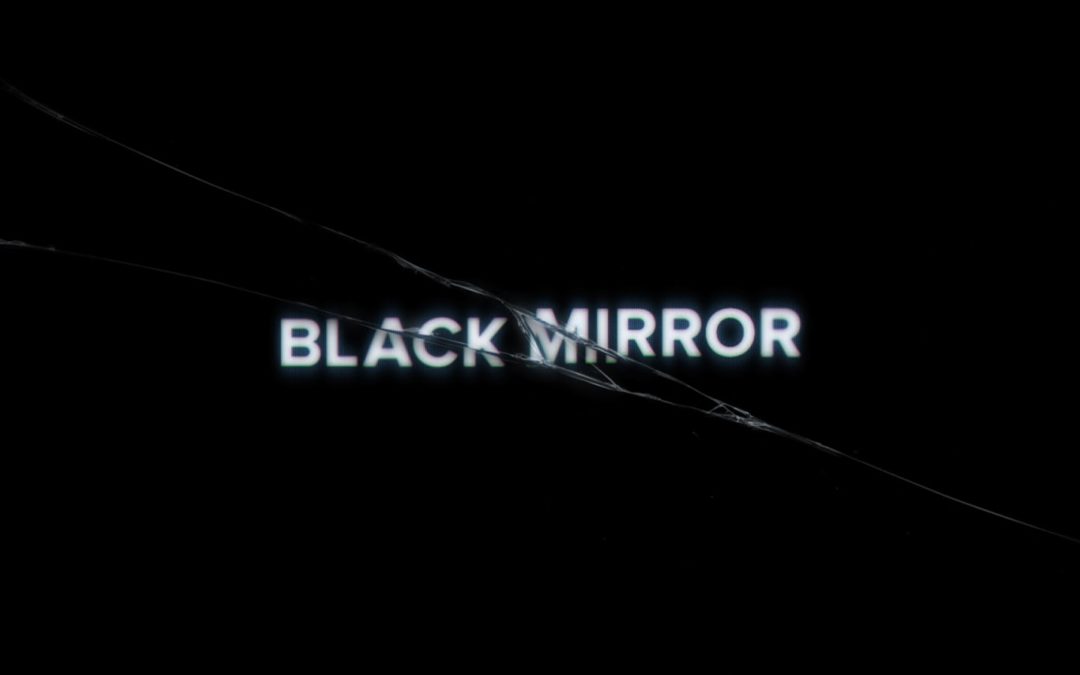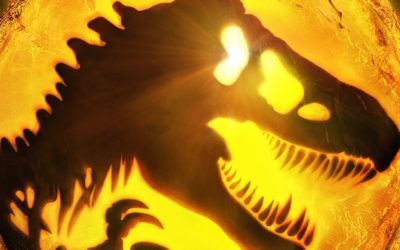So let’s say that – sometime in the near future, a killer breaks into a house where a baby and its father are settling down for the night. After killing the father, the murderer hears the infant from the other room. Walking by the nursery, they see the baby, which, in all its babyish curiosity, is apparently watching them intently.
Now – this isn’t just any future, this is the future as seen through Netflix’s Black Mirror – and be warned, there are spoilers for the end of the series’ season 4 episode, “Crocodile” ahead.
The murderer knows that there’s technology that investigators can use to go in and view people’s memories. Knowing that they’ll do this with the baby, the killer – horrifically, and thankfully off screen, kills the baby.
Later, as the investigators are trying to figure out who would have committed such a horrible crime, the investigator looks at the guinea pig – named Codger – as the recall team comes in and prepares to hook it up to the memory-recall machine. Subsequently (within an hour), the police identify and track down the killer. Oh – thing was, the baby was blind. So, if the killer was worried about a witness somehow being able to identify them, the baby couldn’t have done it, anyway.
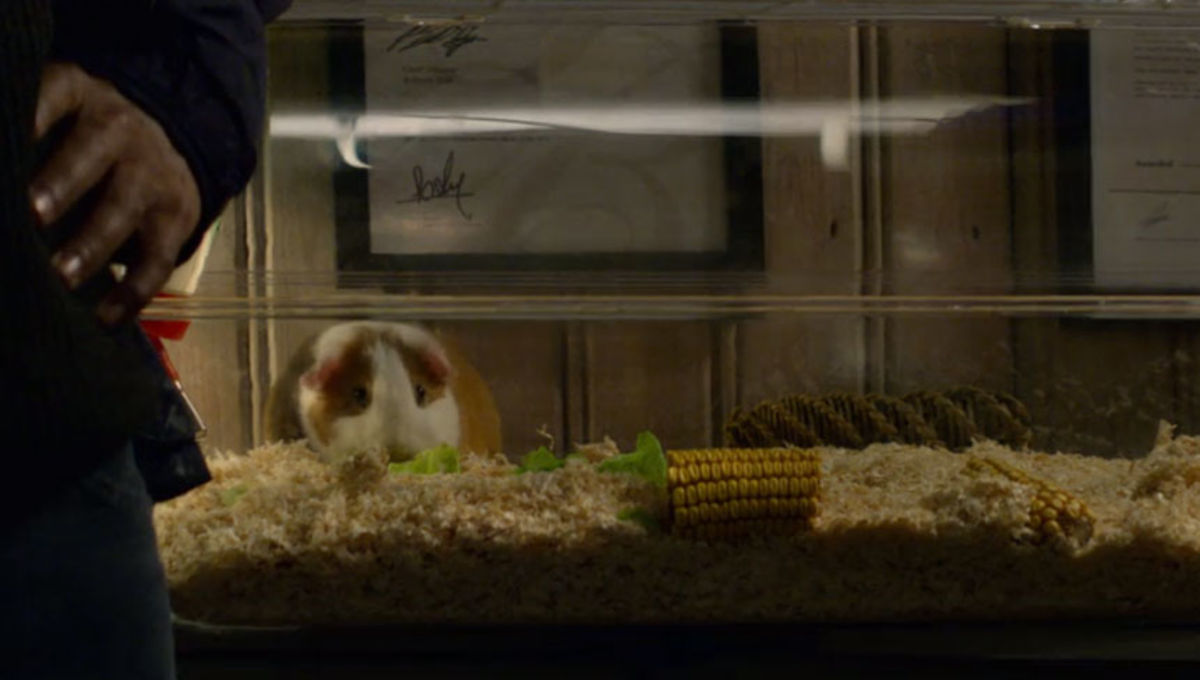
Codger the Lodger. (c) Netflix
Yeah.
Without a doubt, “Crocodile” is the darkest season 4 got, although, as series creator Charlie Brooker explains in the book, Inside Black Mirror, the fact that the baby was blind was a very dark joke that he feels some people got and some people completely missed. Your mileage, of course, may vary.
Let’s look at the guinea pig in “Crocodile,” specifically for starters. Could Codger’s memories be of high enough quality to base a murder charge?
Guinea Pig Vision 101
For starters, guinea pigs (Cavia porcellus) are smart…for rodents who are a food source or pet…depending upon which hemisphere you live in. They’re native to the Andes of South America and have been kept domestically since the 1500s. Along with just being pets in the Western hemisphere, guinea pigs were and still are widely used as research animals, thanks to their biochemistry being similar to that of humans. While rats and mice steal the lion’s share of the spotlight when it comes to research animals (you’ll rarely hear of a test being carried out on guinea pigs), just remember – the go-to epithet for someone undergoing a test procedure is “human guinea pig.”
If we’re thinking about guinea pig properties that would make it a good murder witness for the prosecution, there are a few pluses…and some minuses.
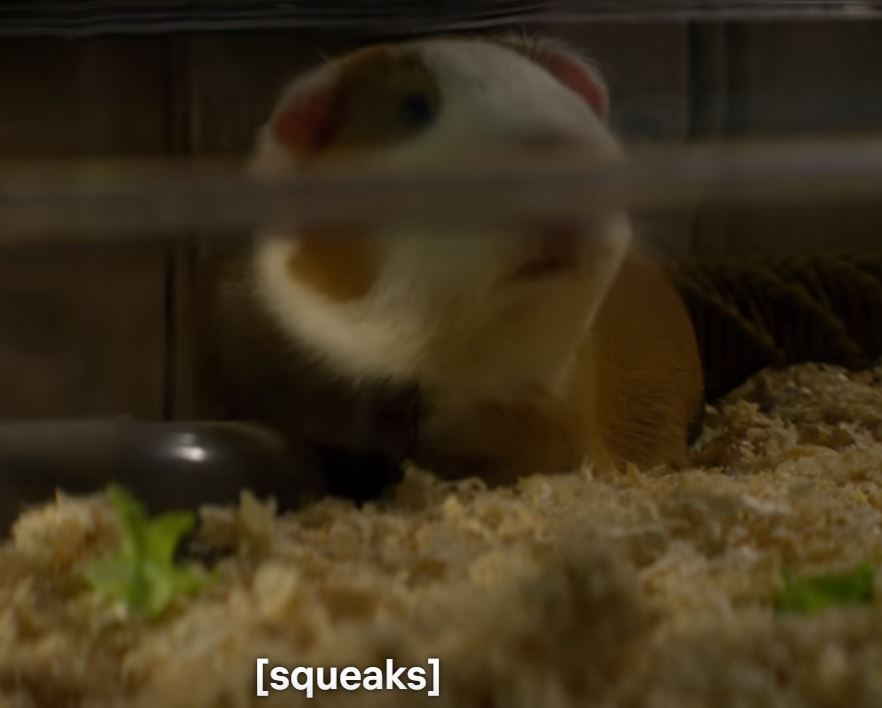
Codger brings the Oliver-worthy delivery of its lines. (c)Netflix
On the plus side, thanks to the shape of its head and the location of its slightly bulge-y eyes, a guinea pig’s vision extends 340°, meaning basically, it can’t see directly in front of it or small region of space behind it, but it can see just about everything else in a sphere around its body. Along with a field of view that’s wider than that of a human, guinea pigs see around 33 images per second – we only see about 22. That means that a guinea pig’s vision isn’t blurred when it turns its head. Put a couple of checks in the prosecution’s box.
Also in favor of the prosecution, guinea pigs can see in color.
While we’re talking about vision though – tick off a minus for the prosecution when it comes to the depth perception of guinea pigs. Thanks to their eyes being on opposite sides of their heads, there’s virtually no overlap in the respective fields of vision of their eyes, compared to the approximately 140° for humans. As a result of our overlap, we have terrific three-dimensional vision and can visually measure depth. Guinea pigs – not so much. Because of that, it’s recommended that you always watch your pet guinea pig very carefully if it’s on a tabletop or other ledge. Poor thing won’t know it’s about to take a fall until it steps off.
Measures of the visual acuity of guinea pigs cover the spectrum. The consensus seems to follow that guinea pig visual acuity is quite poor – around 6/70 on the Snellen acuity scale, the one where “good” human vision is 20/20. Basically, a guinea pig would have difficulty seeing the largest letter on the eye test (Snellen) chart, making it, by our standards, legally blind. Just as a needless point of reference, no defense attorney would give a legally blind witness to a crime any kind of credibility.
Additionally, as with many small, ground-based (non-hunting) mammals, guinea pigs tend to be myopic, or nearsighted. That means they can see things that are close to them relatively clearly, but objects that are further away fall out of focus. The most commonly cited visual field for guinea pigs states that their focus starts to fall off significantly around 1 meter. If an object is farther away than that, guinea pigs can recognize movement along with bright and dark patches, but nothing in what humans would call “good” focus.
And to add insult to injury, guinea pigs show a high prevalence of ocular defects which also negatively affect vision.
In the episode, the room in which the baby (Ali) and Codger were located was on the small side, and Mia (the murderer) was at most, two meters away from the guinea pig in question. Based on the evidence available, the guinea pig would’ve most likely seen a blurry person-sized image, dressed in black from head to toe (Mia was wearing all black, including a kind of balaclava-type thing).
Codger’s view of Mia from his pen is at best, a wash. A fuzzy, out-of-focus wash, and certainly not something that could be run through facial recognition, even if Mia was showing her face.
Yeah, But What Did Codger Remember?
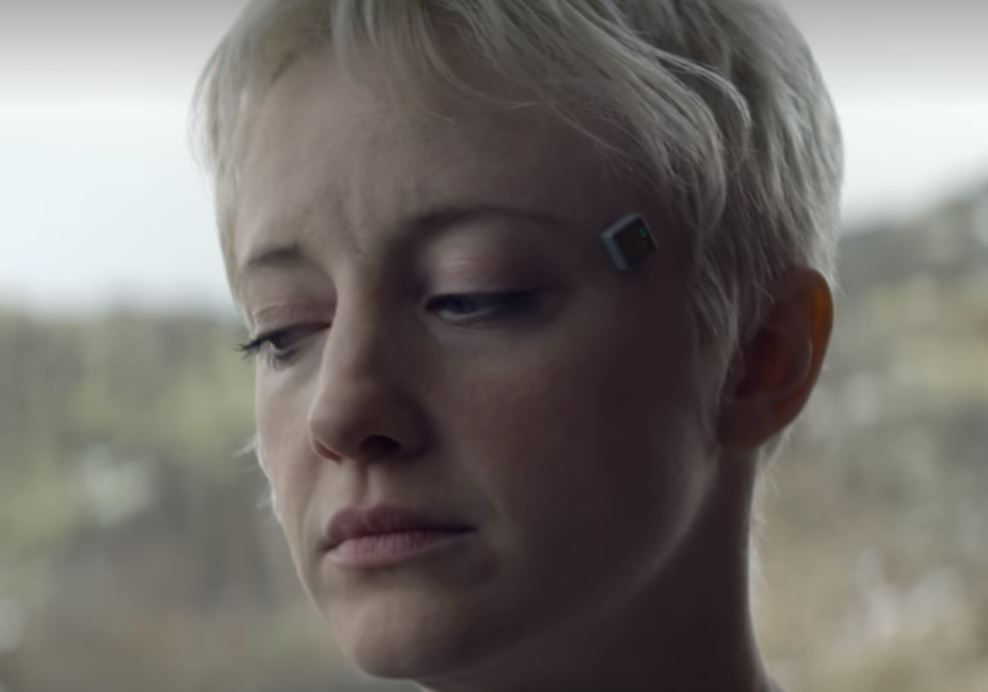
Mia wearing the recall device (c)Netflix
That’s the question, isn’t it? If we had a memory-viewing technology as they do in “Crocodile,” how useful would it be?
Let’s talk humans first – the insurance investigator, Shazia starts down the road that ends with Adi’s murder by investigating an accident between an autonomous pizza-delivery vehicle and a pedestrian. Through her investigation, she needs to get the memories of a number of witnesses to verify the speed of the vehicle, and smartly uses various cues to elicit the memory of that evening, such as the smell of beer from a nearby brewery, and a song that was playing in a car. And that’s a good thing.
By our best understanding, our memories are structure, that is, the connections between neurons in our brains that are formed as our brains process sensory information. The memory of an event isn’t some small bit of information tucked in the brain’s equivalent of a filing cabinet that’s maintained by a cute Pixar character – the memory of an event, quite literally, could span a large region of the brain, as neuron after neuron reaches out and makes a connection (a synapse) with a nearby neuron thanks to the processing of sensory information. Attach different stimuli (such as smells or a song that was playing), and the memory can become stronger – or have different triggers for recall.
Speaking of remembering – following the idea that memories are structure-based, the act of recalling a memory is just causing the particular neural pathway that makes up the memory to activate. As shown in the episode, people were having a difficult time recalling the evening, the smell and song acted as more stimuli for the pathway, a side-door to a memory in a way.
Short-term memories aren’t stored in this way, which is why you can’t recall, car by car, the colors of every vehicle you passed on the road driving home. But – pay attention and give reinforcement, and a memory will become consolidated – literally hard-wired into the brain.
Yeah, but our memories suck. And can be manipulated like no one’s business.
We’ve all seen cop dramas where police will search out CCTV, photos or other video and trust that much more than they trust eyewitness testimony. That’s because our memories are fallible. This was given a nod in “Crocodile” when Shazia was talking to the dentist about the woman’s coat. The dentist recalled it as lime green. Shazia corrected him, telling him it was yellow. In the viewer, the woman’s coat instantly changed from green to yellow – in the dentist’s memory. Shazia subtly, but effectively, changed the dentist’s memory. Yes – false memories are a thing, and frighteningly easy to implant in someone’s head. Remembering something lights up the memory pathway, and while it’s “lit” it’s malleable. New connections can form while the main memory is active.
This isn’t what we’re talking about specifically, but Black Mirror fans will recognize why the 24/7 recording capabilities of the Z-Eye and Willow Grain storage are superior to Shazia’s recaller tech that she lugs around with her. Memories aren’t perfect. Recordings are better. If you’re a regular Black Mirror viewer, you may recall that this is a line that shows up in “The Entire History of You.”
But – this is about a guinea pig named Codger, and by extension, all our pets. Is your dog or cat a narc who’s got years’ worth of memories of you doing illegal activities locked up inside their brain? Perhaps someone that will sell you out for a nice piece of steak or a nice slice of tuna?
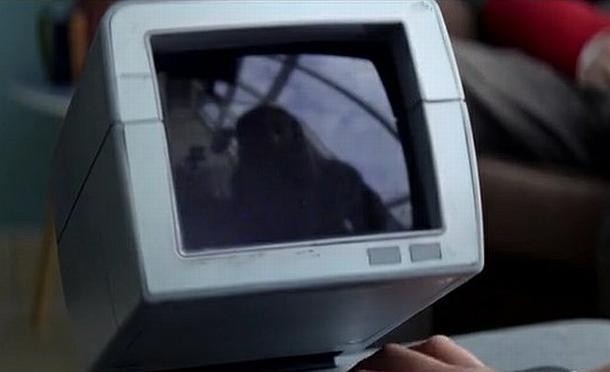
The base unit of the recall device – what would they see if it was hooked up to a guinea pig? (c)Netflix
As far as we can tell, animal cognition may resemble it in some ways, but it isn’t human cognition. I’m not talking about Codger putting a moral judgment on what it saw or didn’t see Mia do – I’m talking about could Codger figure out what happened, and thus, put an importance on it that would flag it as more than a short-term memory?
Guinea pigs are known to have good memory capabilities when tested on maze runs over time – they can reportedly recall pathways to food and hold on to those memories for months. But this isn’t the memory we’re talking about here with Codger or any of your own pets that you’ve been eyeing suspiciously for the last few minutes. Being able to retrace steps leading to a reward is called associative learning. We’re interested in episodic memory – this is the ability to think back to something in the past and remember specific elements.
In many documented tests, chimpanzees, corvid birds (jays, crows, magpies) rats, dogs, and dolphins, among others demonstrate at least a rudimentary episodic memory. These animals, as Frans De Wall, a Professor of Primate Behavior explains, are able to travel along the dimension of time in their mind and remember past events, the knowledge of which, aids them in the present. Some species even express doubt about what they can or can’t remember.
The thing is, to form a memory, the stimuli in the short-term memory needs to have importance attached to it (a wedding proposal), or the information needs to be repeated over and over (your ATM PIN number), which allows it to become a working memory. In this specific case, Codger wasn’t needing to repeat the event that it saw, and most likely, attached no real importance to Ali’s murder. Codger was new to the house that day, and new to baby Ali’s room.
Most likely Codger’s brain was already overtaxed with all the new sounds, smells and images of the new location. Add in a fuzzy image a person dressed in black doing something to Ali…it was most likely just too much for Codger. It’s hard to understand why Codger would have attached any significance to what it vaguely saw, and thus, hard to understand why Codger would have remembered that particularly bleak event with any detail that would have been useful to the police with the recall technology. And just because it was there, with its eyes open and “witnessing” the event doesn’t mean that that information would still be inside Codger’s head. Codger’s brain, like us, isn’t just a tape recorder turned “on” whose memories can be pulled back up with 100% accuracy.
Test yourself today – you won’t remember everything that happened during every second today – you’d need a Willow Grain for that. Even if you did see something – just out of the reach of your vision – that was pretty horrific, would you be able to recall every detail, or would every detail be recorded in your mind? For humans, the answer is no. For Codger…it’s highly unlikely any brain space at all would have been devoted to the weird events which would have made no sense to it in the first place.
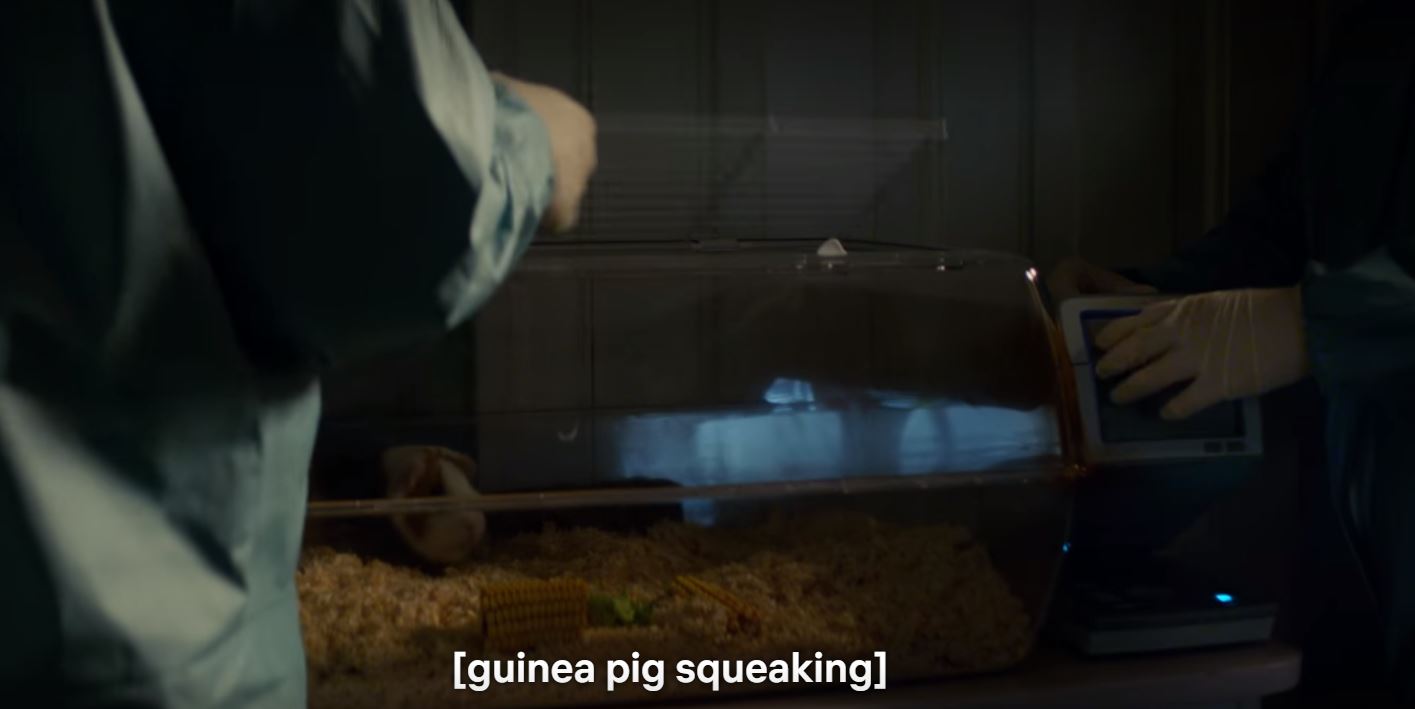
Codger, expressing his thoughts about getting hooked up. That pig is an actor’s actor. (c)Netflix
Perhaps it would have been different had Codger been a beloved pet, and grew to understand that Ali was its owner or at least part-time food-giver, and therefore would have attached significance to Ali’s last conscious action. Think of a dog or cat growling or hissing if someone threatens or approaches its owner in a manner it doesn’t like.
But Codger was new to the house. And as the police said, they had no leads at all, prior to pulling Codger’s memories out. In the episode, Mia looks ready to crack as she sees the police approaching, and we don’t see what happens after, but it’s most likely she confessed, given her mental state at the time. So Codger’s “eyewitness” testimony cracked the case.
In the Black Mirror Universe.
In ours? Mia would still be running free.
…
Okay, okay, thre has been a case in the real world where a pet did “testify” in a murder trial. In 2008, a dog was brought in by Paris police to see if it would identify a murder suspect. According to reports, the dog “barked furiously” when it was brought near the suspect. The dog had been a pet of the victim for a number of years. The dog was later given the name Scooby-Doo.


